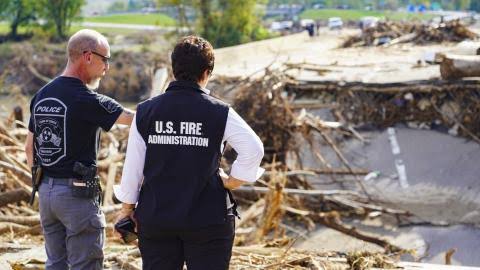
A recent analysis by the Urban Institute reveals that Tennessee could have lost approximately \$468 million in federal disaster aid between 2008 and 2024 under proposed changes to FEMA’s disaster assistance thresholds . The proposed policy, outlined in a memo by former FEMA acting administrator Cameron Hamilton, suggests quadrupling the per capita damage threshold required for states to qualify for federal disaster assistance. This change would significantly reduce the number of disasters eligible for federal aid.([Facebook][1], [Tennessee Lookout]
The Urban Institute’s study found that, under the proposed higher threshold, 71% of major disasters from 2008 to 2024 would not have received a presidential disaster declaration, resulting in states missing out on roughly \$15 billion in federal assistance. For Tennessee, this would have meant a loss of \$468 million in aid during that period.([Tennessee Lookout][2])
Additionally, the proposed policy includes capping the federal government’s share of recovery costs at 75%, down from the current minimum of 75%. If this cap had been in place from 2008 to 2024, Tennessee would have had to cover an additional \$118 million in recovery costs—the highest increase among all states and territories.([Tennessee Lookout][2])
These proposed changes have raised concerns among state officials and emergency management agencies, who argue that they would place a greater financial burden on states and local governments, potentially hindering effective disaster response and recovery efforts.
As the climate crisis intensifies, leading to more frequent and severe weather events, the debate over the federal government’s role in disaster assistance continues. Critics of the proposed FEMA policy argue that reducing federal aid could leave vulnerable communities without the necessary resources to recover from disasters.
The proposed changes have not yet been implemented, but they have sparked a broader discussion about disaster preparedness, funding, and the responsibilities of federal and state governments in responding to natural disasters.
Leave a Reply